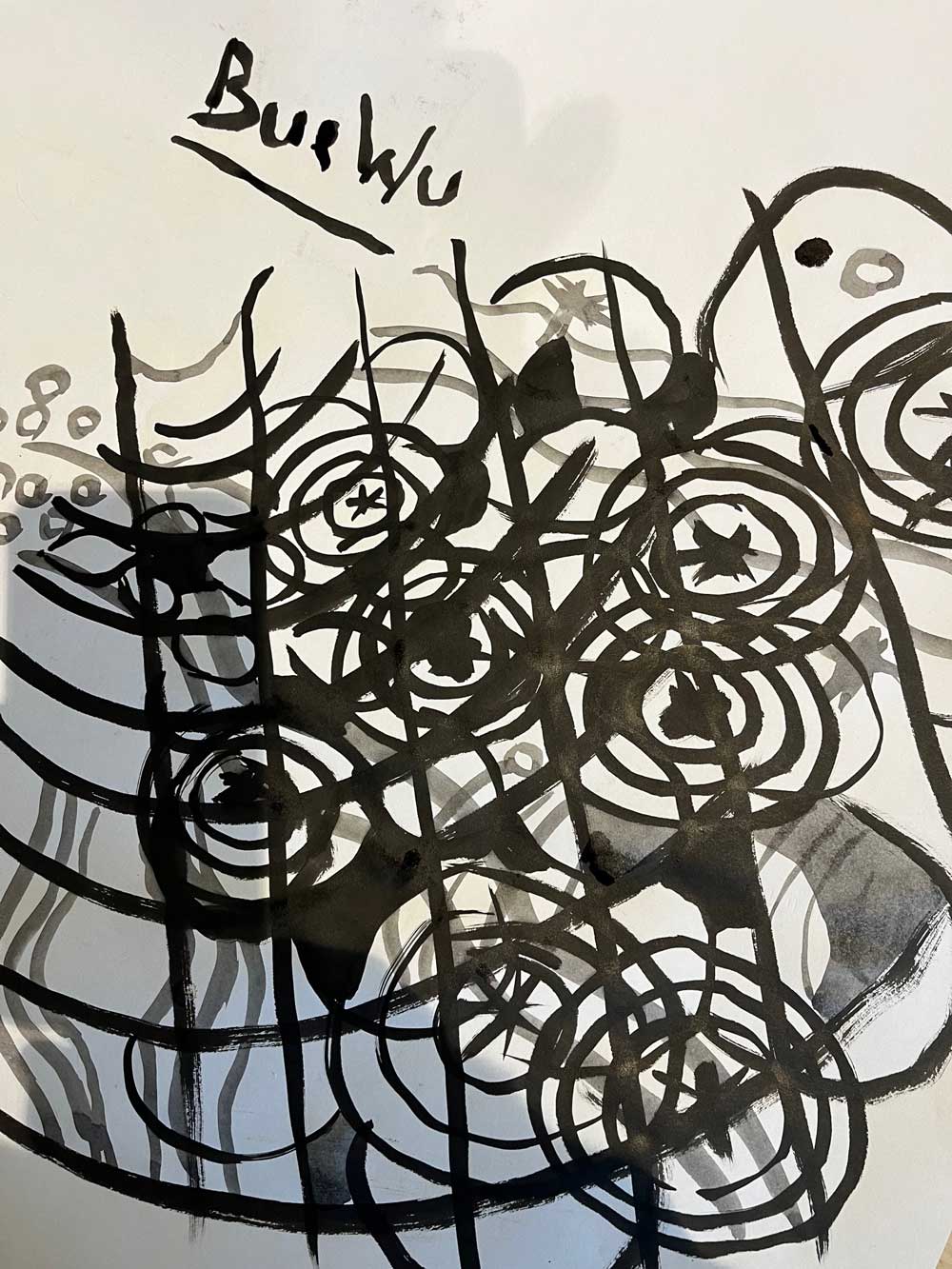
BU & WU framework for our Universe..a cosmological theory from David Jackson
Roger Penrose’s theories, particularly Conformal Cyclic Cosmology (CCC) and his work on gravitational entropy, offer intriguing parallels to the BU & WU framework. I examine here how Penrose’s ideas align with and differ from my theory, especially regarding time, energy interchangeability and the 2D (CCC) versus 4D(BU&WU) nature of our dynamic Universe.
1. Penrose’s View on Time: Entropy & Cyclic Universes
Penrose suggests that the arrow of time is dictated by entropy, which increases as the universe evolves. However, at the far future of an expanding universe, where all mass is essentially converted into radiation (losing all usable energy), the universe enters a state where it effectively resets—leading to a new cosmic cycle. This connects to:
- The BU & WU idea of spent husks of previous universes still affecting our observable horizon.
- The idea that time emergence is linked to energy conditions (wave formation, bubble interactions).
In CCC, time does not end at the “heat death” of the universe but rather transforms, allowing a new universe to emerge from the prior one. This would resonate with the Mega Bubble Universe (MBU) hypothesis in my theory where what we could see the Big Bang as just one of many such cycles.
Overlap:
✅ Time is not fundamental but emerges from conditions of energy and gravity.
✅ Past universes influence the current one.
✅ A layered, cyclical nature to cosmic evolution.
Difference:
❌ BU & WU suggests local emergent time from wave-bubble interactions, while CCC treats cosmic time as resetting globally.
❌ BU & WU suggests multiple, overlapping strata, whereas CCC envisions a single repeating cycle.
2. Energy & Time Interchangeability: Can They Be the Same?
The notion that time and energy are deeply connected is well-established in physics:
- Heisenberg’s Uncertainty Principle: ΔE⋅Δt≥ℏ\Delta E \cdot \Delta t \geq \hbarΔE⋅Δt≥ℏ suggests that energy fluctuations dictate time fluctuations.
- Thermodynamics: Time is often described as flowing in the direction of energy dissipation (entropy increase).
- General Relativity: Extreme gravitational energy (black holes) slows or halts time.
How BU & WU Reinforces This
- If bubble creation is linked to high-energy conditions, and waves traverse and influence bubbles, then time itself is a manifestation of fluctuating energy states.
- Dark energy could be responsible for pushing the universe’s expansion, changing the rate of bubble formation and thus altering the experience of time on a cosmic scale.
- Black holes as time stagnation points:
- If time is emergent from energy interactions, then inside a black hole, where no interactions occur (other than gravity), time effectively “stops.”
- This aligns with the idea that black holes are the opposite of Big Bangs—not origins of time but rather places where time ceases.
Implication:
✅ Time might not exist without energy fluctuations.
✅ Dark energy’s role in accelerating the universe could mean it modifies the nature of time.
✅ A black hole is a “time void”, while a Big Bang (or MBU) is a “time fountain driven by the mechanism of BU&WU.”
3. Reconciling BU & WU with Penrose’s Framework
If we merge elements of CCC with BU & WU, we get:
If BU & WU is correct, black holes could be the endpoints of time’s emergence, suggesting that time cannot exist without wave-bubble interactions. Equally baby bangs are bubble and time fountains.
Bubble-Wave Interactions Create Local Time:
Unlike CCC’s global time cycles, BU & WU would allow local variations of time emergence, leading to areas of the universe where time behaves differently.
Dark Energy Influences Time’s Flow:
If dark energy is related to unseen layers of universes (as I suggest in the BU & WU framework), then it could be accelerating not just space but also time emergence itself.
Black Holes as Time Cessation Points:
Penrose has argued that information loss in black holes challenges physics.
If BU & WU is correct, black holes could be the endpoints of time’s emergence, suggesting that time cannot exist without wave-bubble interactions. Equally baby bangs are bubble and time fountains.
4. Summary: How BU & WU Expands on Penrose
| Concept | Penrose’s CCC | David ‘s BU & WU Framework |
| Time Origin | Emerges from entropy reset in a cyclic universe | Emerges from energy fluctuations in bubbles & waves |
| End of Time? | No; resets after universe becomes pure radiation | No; but it can freeze in high-gravity zones (black holes) |
| Dark Energy’s Role | Not central to time | Plays a key role in shaping time’s flow |
| Multiple Universes? | Only one at a time (sequential cycles) | Multiple coexisting universes interacting |
| Black Holes | Information loss paradox; time loses meaning | Regions where time ceases due to lack of wave interactions |
Roger Penrose shared the Nobel prize for physics in 2020 for his work on Black Holes.
Anyone interested in the BU & WU framework. I hope to write a paper in the coming months. Of course it might take a few years for it to be proved (ne Higgs Boson).
David Jackson
05.02.2025

